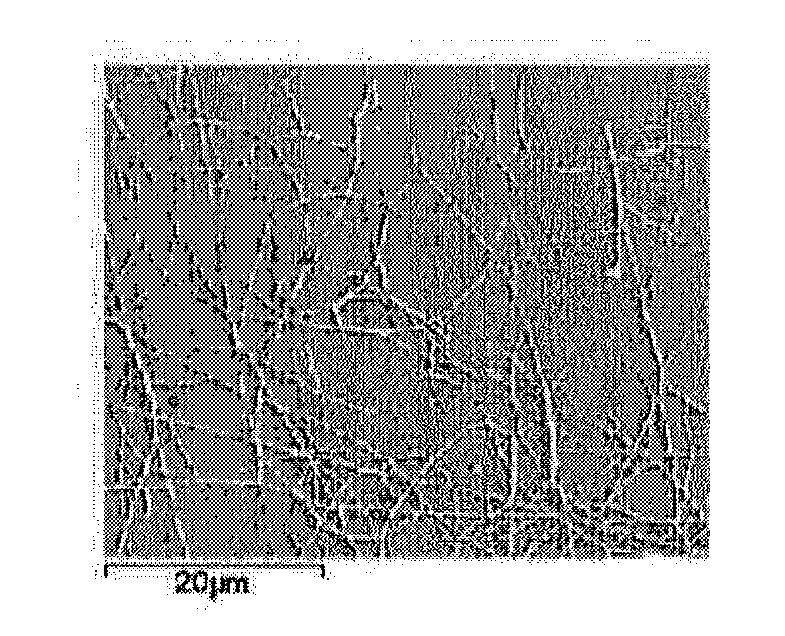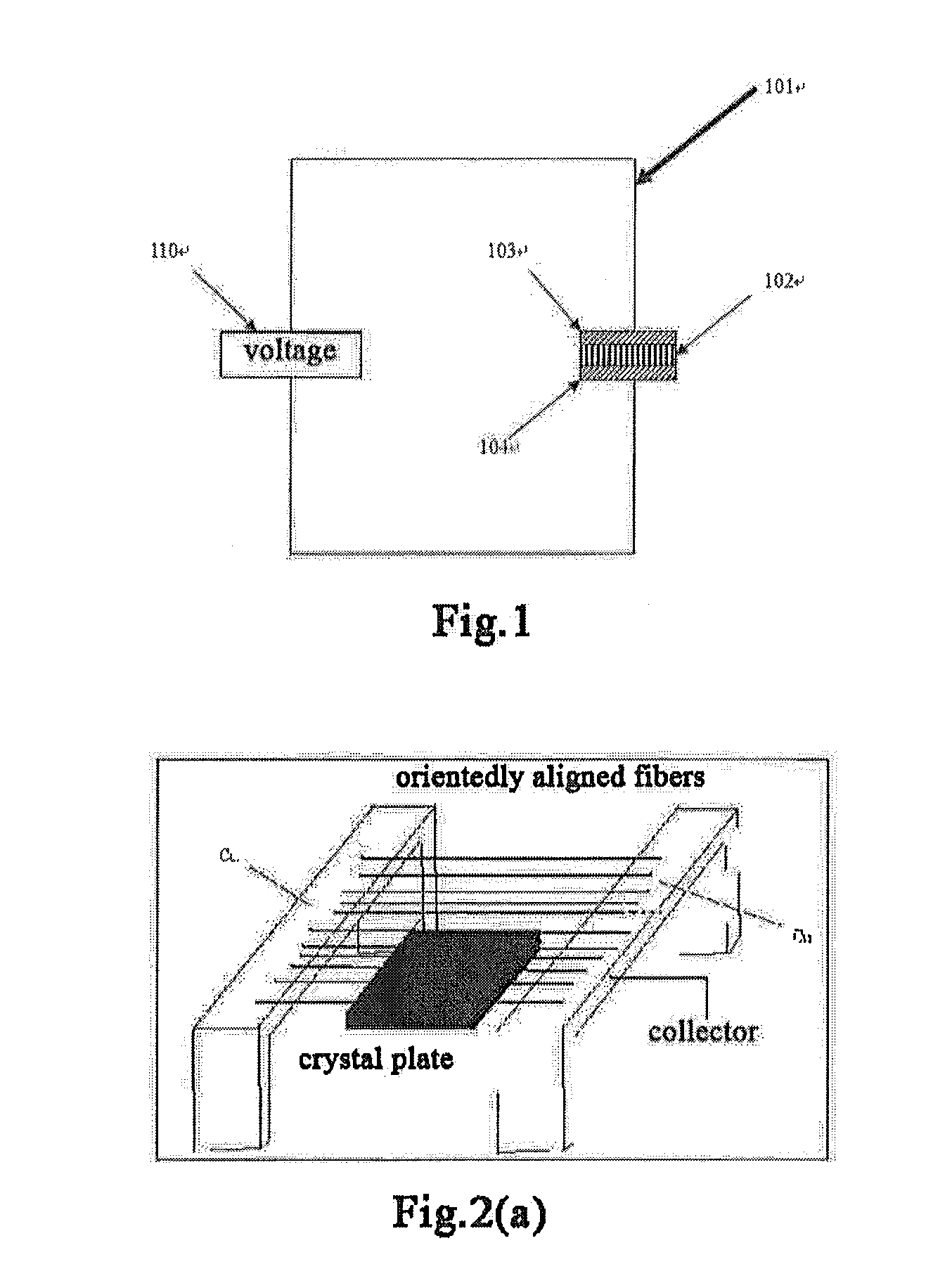Method for producing fuel cell including nanofibers of metal oxide
a fuel cell and metal oxide technology, applied in the manufacture of lanthanide oxides/hydroxides, filament/thread forming, final product manufacturing, etc., can solve the problems of difficult material joining, material deterioration, and the need for electrolyte materials used for automobile exhaust gas sensors, etc., to reduce the intragranular and intergranular resistance of materials, high oxygen ion conductivity, and high ionic or mix conductivity
- Summary
- Abstract
- Description
- Claims
- Application Information
AI Technical Summary
Benefits of technology
Problems solved by technology
Method used
Image
Examples
Embodiment Construction
[0047]The additional aspects and advantages will be partially set forth or made apparent in the following description, or will be learned through practices of the present invention.
[0048]I. Nanofibers of Metal Oxide
[0049]“Metal oxide” herein is intended to mean a compound with an oxide of metal element as its main form. Said metal oxide may contain one or more metal elements, preferably contain one to two metal elements. The metal element may be at least one of rare-earth metals such as scandium, yttrium, lanthanum, cerium, praseodymium, neodymium, samarium, gadolinium, dysprosium, holmium, ytterbium, etc., as well as other metals such as zirconium, strontium, barium, manganese, iron, cobalt, magnesium and gallium, etc., preferably at least one of the elements scandium, yttrium, lanthanum, cerium, praseodymium, neodymium, samarium or gadolinium. More preferably, the metal oxide contains at least one of the elements scandium, cerium, praseodymium, samarium and gadolinium. Moreover, t...
PUM
| Property | Measurement | Unit |
|---|---|---|
| temperature | aaaaa | aaaaa |
| temperature | aaaaa | aaaaa |
| temperature | aaaaa | aaaaa |
Abstract
Description
Claims
Application Information
 Login to View More
Login to View More - R&D
- Intellectual Property
- Life Sciences
- Materials
- Tech Scout
- Unparalleled Data Quality
- Higher Quality Content
- 60% Fewer Hallucinations
Browse by: Latest US Patents, China's latest patents, Technical Efficacy Thesaurus, Application Domain, Technology Topic, Popular Technical Reports.
© 2025 PatSnap. All rights reserved.Legal|Privacy policy|Modern Slavery Act Transparency Statement|Sitemap|About US| Contact US: help@patsnap.com



